|


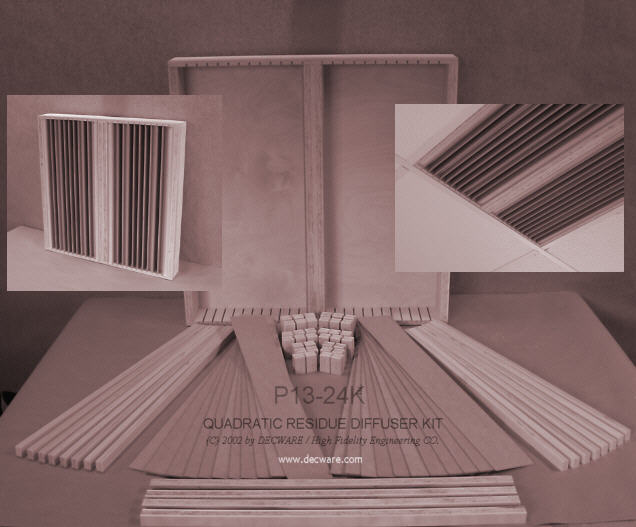
Note: We no longer offer
this unit in kit form because it is actually
less expensive for us to offer it assembled.
|
This
prime 13 sequence is repeated twice
in our 24 x 24 x 3 inch diffuser.
Diffusion over 3 octaves!
1125 Hz ~ 12,000 Hz.
|
Modular.
Designed to be used in
groups. Can be fastened to wall
surfaces, ceilings, or used with legs
as free standing units. Perfect fit in
drop ceilings.
|
|
These units
are made from solid wood and are available
fully
assembled.
|
You can
finish these by either painting them,
or in some cases covering them with
speaker cloth. To treat an area
no less than two units are
recommended. For this reason they are
only sold in pairs.
|
|
S A M P L E
P L A C E M E N T S
|
|
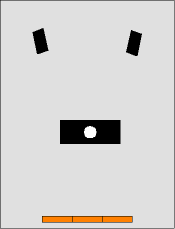
|
Using an
array 3 units wide and between 2 and 3
units high will nicely treat the rear
wall where the most direct energy can
be diffused. This will reduce
the severity of reflections that hit
your other three walls.
|
|
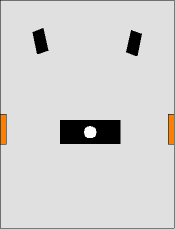
|
Another
example of effective use of a minimum
number of units is on either side wall
directly across from the listening
position. It's a good place to
start. You can add more in the
direction of your loudspeakers.
Usually an array of 2 units in
width and between 2 and 3 units in
height are ideal for side wall
applications.
|
|
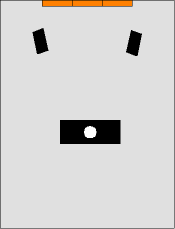
|
If you're
primary concern is depth of sound
stage, then probably the best place to
start is the front wall behind your
speakers. Reflections from all other
walls eventually hit this critical
spot and then pass by your ears a
second time, - something you want to
prevent if at all possible.
|
|
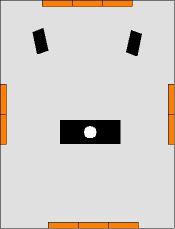
|
This is
considered and excellent set up.
The effects of treating all four
locations is cumulative.
Reflections get diffused over
and over. This arrangement uses a
total of 9 units on the front wall, 6
on the rear wall and 4 on each side
wall.
|
|
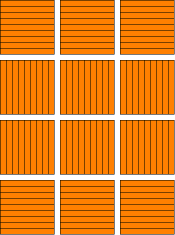
|
These units
can be rotated. Using them
vertically as shown in the middle of
this array, will diffuse sound into a
horizontal pattern. This is most
effective on the center of walls where
the reflections come from other walls.
Rotating them
for horizontal use will diffuse sound
into a vertical pattern.
This is most effective near
floors or ceilings. The sample
at the left shows a typical array one
would use for complete floor to
ceiling treatment.
|
|
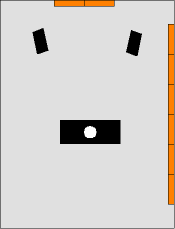
|
Even an
arrangement like this can work if the
walls without diffusers are soft (treated
with hanging rugs for example)
|
|
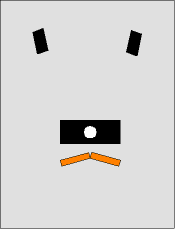
|
In
free-standing applications you can
experiment with a variety of
placements. Handy if you don't
have lots of units or the wall space.
Whenever arrays are free-standing, we
recommend gluing the 12 inch acoustic
foam tiles to the back. This
turns the back into a pure absorber.
You can experiment with flipping
the units around to hear and
understand the
differences between absorbing vs.
diffusing sound.
|
|
See
high res. image here.
|
If
you're in a basement listening room
with a low ceiling, or any room that
uses a suspended ceiling, you can make
dramatic improvements by using these
in patterns across your ceiling by
simply placing them into the suspended
ceiling grid instead of ceiling tiles.
|
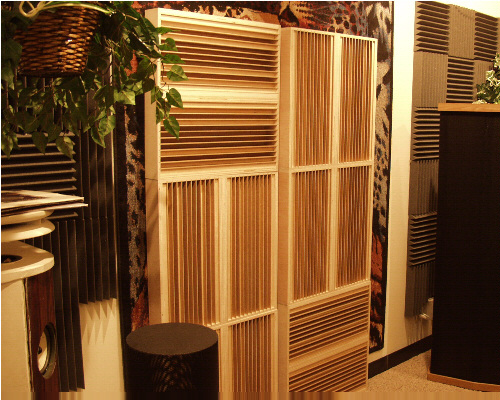
The
P1324 Diffuser is available fully assembled.
They are
sold in pairs. A pair is two 24x24x3.5 inch
units.
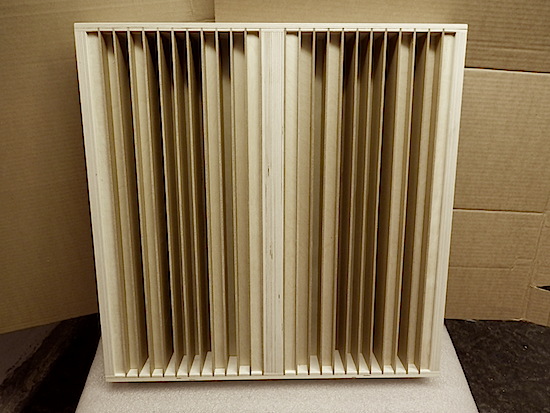
Single
24 x 24 inch panel shown. Sold in pairs.
Note, these
units are sold and shipped in pairs.
Shipping weight is 48 lbs per package.
Decware is a
trademark of High Fidelity Engineering Co.
Copyright
© 1996 ~2021
by Steve Deckert
|









